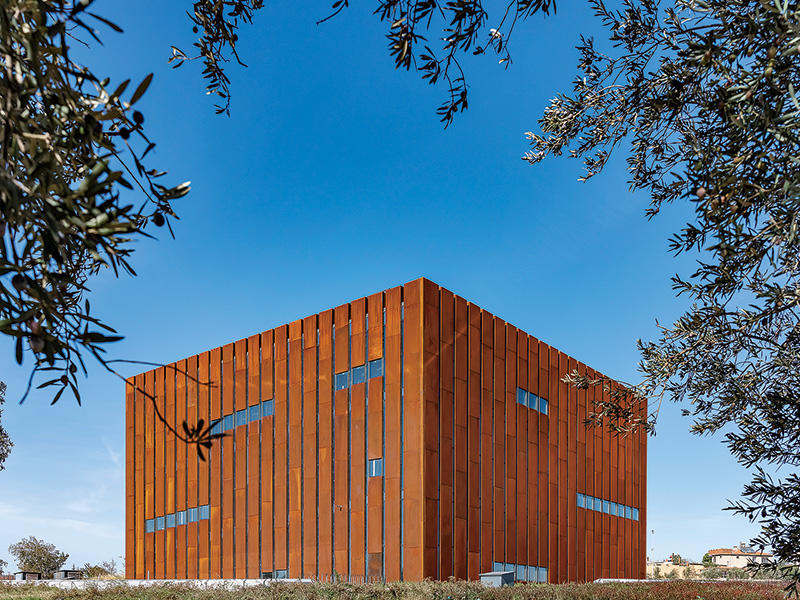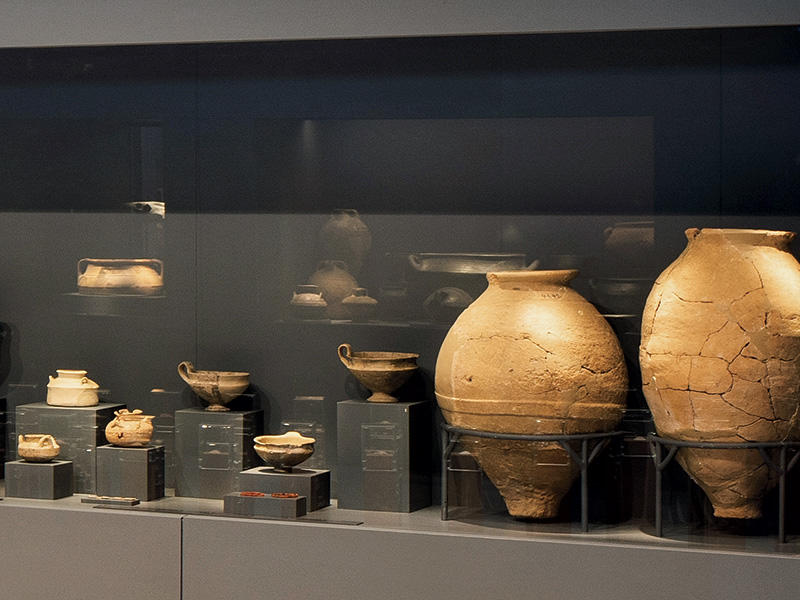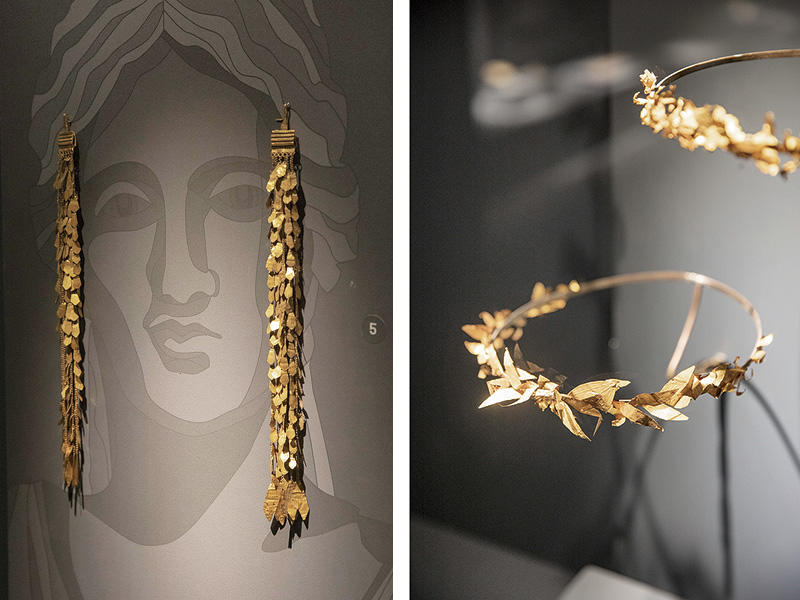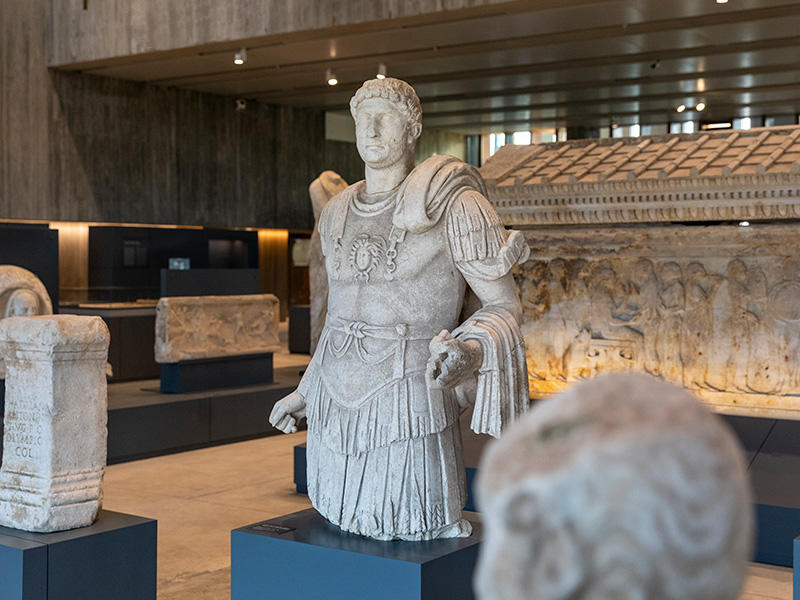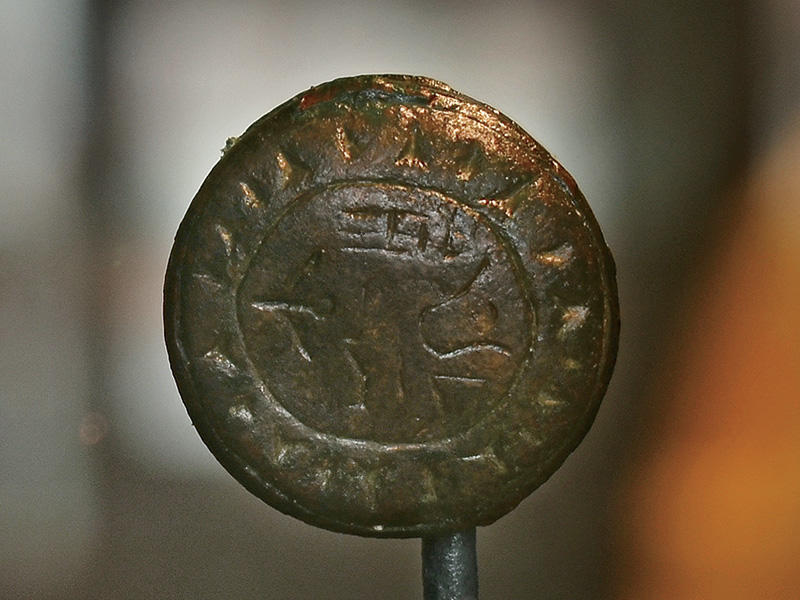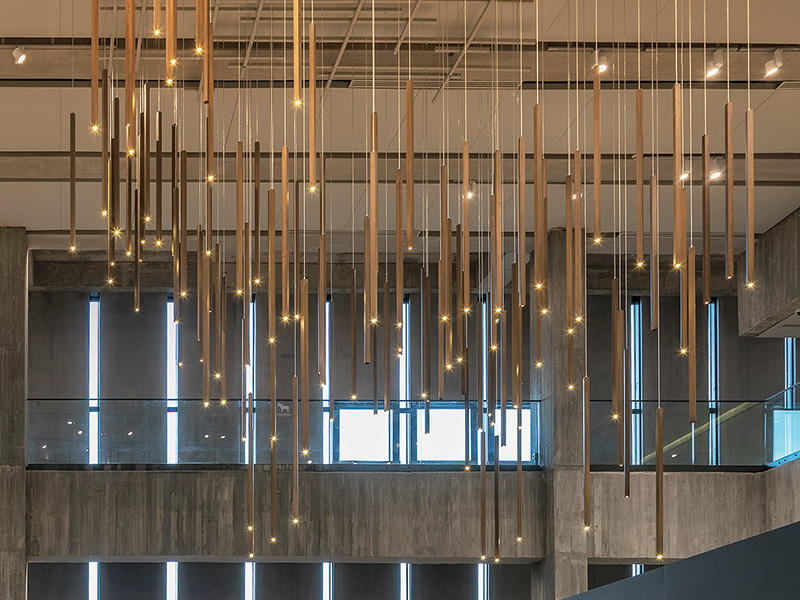Deniz Ünsal ’04GSAS is a cultural anthropologist, a lecturer at the University of Victoria in British Columbia, and an expert in heritage and museum studies. She recently curated the permanent exhibitions of the Troy Museum in Turkey, which opened in October 2018. We asked her to tell us more about the treasures on display there and what they reveal about the five-thousand-year-old city immortalized in Homer’s epic poem The Iliad.
The museum, which is within walking distance of the archaeological site of Troy in the northwestern province of Çanakkale, houses some two thousand artifacts. Troy is considered a major archaeological center, with a history of excavation dating back 150 years. I’ve been working on the exhibits for more than five years, using objects that have been sourced from other museums in Turkey or repatriated from collections around the world.
During the late Bronze Age in the 1300s BC, Troy was a rich and busy city at the crossroads of bustling trade routes. The variety of burial objects found in nearby Beşik Bay, including urns and other ceramics, indicates that the graves belonged to people of different cultures. The Bronze Age objects are my favorite artifacts in the museum — they’re crude but interesting, because they offer clues about life thousands of years ago.
Of particular interest is a collection of gold jewelry from approximately 2400 BC. The items were discovered in the late nineteenth century by archaeologist Heinrich Schliemann, who smuggled many of them out of Turkey and into Germany. Most of the treasures disappeared during World War II and resurfaced in the 1990s in Moscow, where they still reside. The Troy Museum has an assortment of jewelry that remained in Turkey after Schliemann’s excavation, in addition to twenty-four pieces that were returned by the University of Pennsylvania in 2012.
This larger-than-life statue is of the Roman emperor Hadrian, who visited the city in AD 124 and commissioned new public works, including an aqueduct.
One of the museum’s most famous artifacts is the Polyxena sarcophagus, from the sixth century BC. It depicts the mythological scene of the sacrifice of Polyxena, the daughter of King Priam, at the end of the Trojan War. You can see warriors holding her down as one of them cuts her throat. The sarcophagus is so heavy that it had to be carried in by crane during the museum’s construction, before the walls were built.
A bronze seal inscribed with Luwian hieroglyphics is the only known example of writing from the late Bronze Age in Troy. It was found in 1995 and is believed to have belonged to a scribe.
There is — so far — no material evidence of the wooden “Trojan horse” from The Iliad. But it is the first thing that comes to mind when one thinks of Troy. To acknowledge this, a seemingly abstract wooden light installation hanging from the ceiling of the top floor of the museum reveals the shape of a horse from two vantage points.

